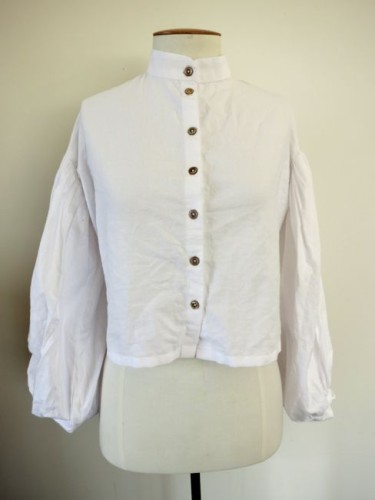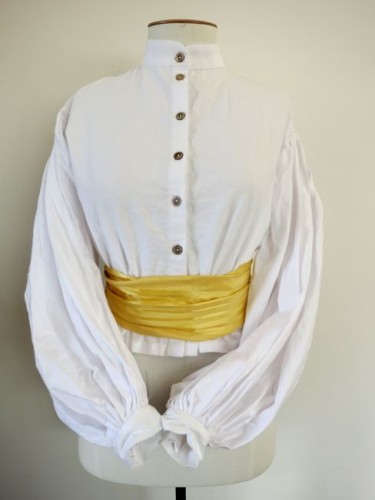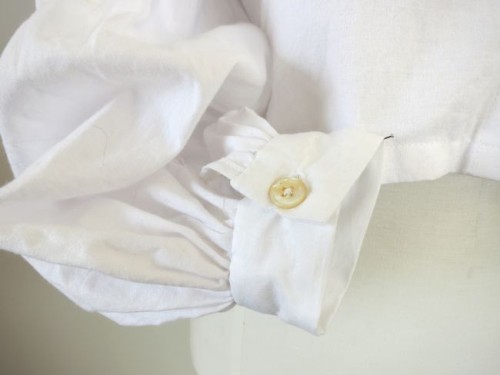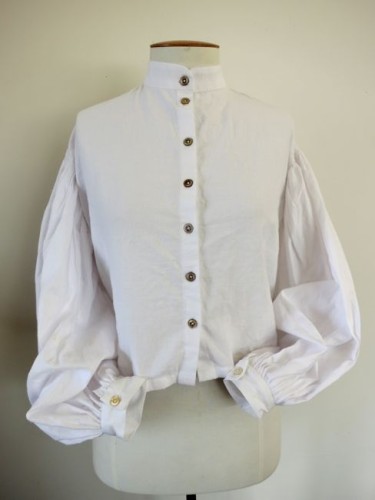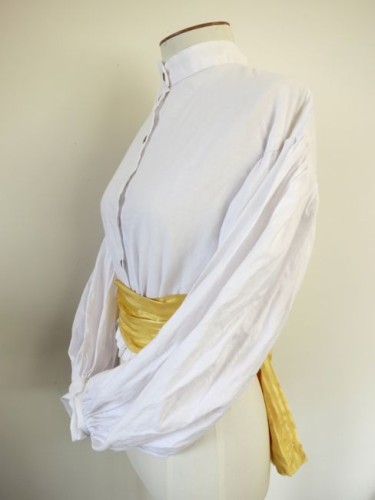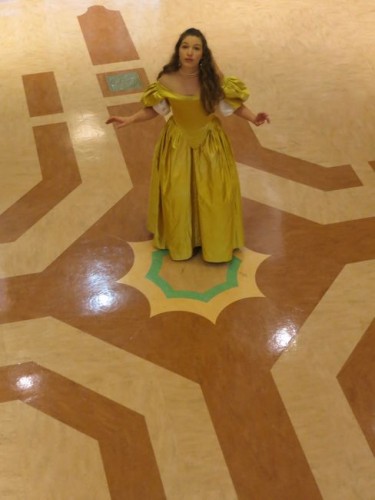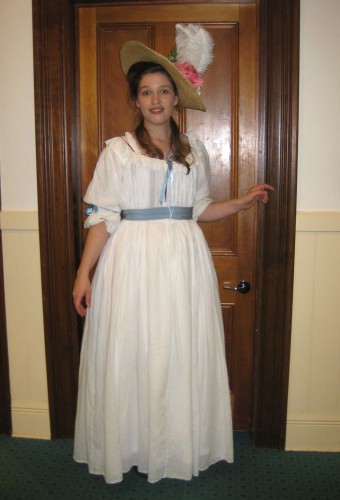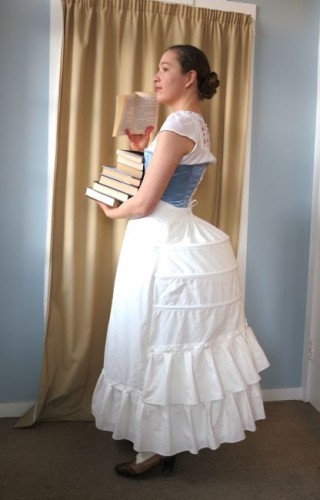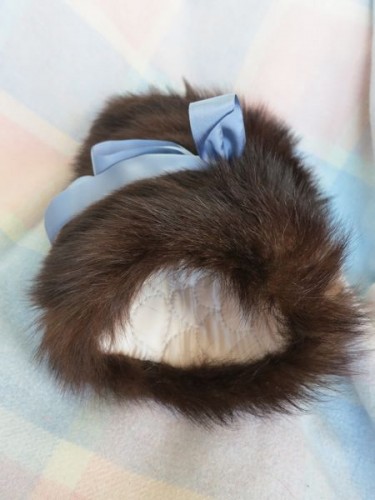There have been two earthquakes that measured over 6.5 on the Richter scale in Wellington in the last month.
The first one hit on Sunday evening July 21. I was making dinner. Mr D had just gone out to pick up his brothers for family dinner at our place. I’d put rice on, chopped some vegetables, and then went to the bathrooms to wash my hands. As I walked out, the earthquake started, and since it seemed pretty big, I stopped in the doorway and held on. Standing there, I saw the only piece of damage in our house happen: the last embroidery hoop on a whole stack stuck on a nail in the wall fell off.
When it ended I thought “Hmmm…I think that was the biggest quake I’ve ever felt.”
Felicity bounded through the cat door, ears back and hair raised. She’d never shown the slightest concern at any earthquake previously.
Still, I went on with my day, pretty unconcerned. Then the in-laws called to check if we were OK, and asked if I’d managed to get ahold of Mr D.
Oops. I hadn’t even thought to check. Bad wife moment.
(aftershock as I write this. I’m guessing 5.2)
Still, he called on my cell just as I was talking on the other phone, and was fine. We had our family dinner, watching the news reports of shattered windows and a few fires, but luckily, no serious damage or injury. A few buildings were shut down, and people camped with friends.
It didn’t stop shaking. There were small aftershocks over the next weeks. Instead of “Rain dying out in afternoon” or “Strong Northwesterlies” or “Scattered showers” the Dominion Post newspaper wrote in their daily weather section “Who cares, as long as it stops shaking.”
Some of us shrugged it off. Some of it got a little tense and irritable. Some, those who had lived through Christchurches quakes, or lost friends and family in them, or were not used to earthquakes, were very affected.
It hasn’t been too bad for me. I’ve lived with earthquakes all my life. Hawaii has active volcanos: earthquakes, usually small and minor, are not uncommon. I went to university in the San Francisco Bay Area. Earthquakes happened.
(tiny aftershock)
Still, they get on your nerves after a while. You worry. Will there be a big one? After Christchurch, we’re apprehensive. They survived the first, despite all the damage. It was the second that killed people. I was there between the two.
The second hit this afternoon. It was 6.6. Shallow. I didn’t even feel it. I’d just gotten in the car on my way to an appointment for my back. I must have just started the car, or been turning, and missed the shaking. It wasn’t until someone started signaling traffic and pulling us over that I realised something had happened. I figured they were exaggerating (after all, I’d felt NOTHING), so I continued to head into town.
The CBD was strange. Crowds of people outside. Everyone on their cellphone. And then the sirens started, and the traffic began to get heavy. I managed to park. Got a text from my appointment, but didn’t quite understand it. I went to the building. Lifts were down. Climbed 7 flights of stairs. All the offices were closed. I stood there for a moment. An aftershock hit. I GOT OUT. Even a tiny aftershock 7 flights up in a not particularly safe building on the reclaimed land of the CBD wasn’t fun.
Seven flights down, and I couldn’t tell if my weak legs were from the stairs or the quake. I tried to get ahold of Mr D. Network was down. Got a cocoa at a cafe that was still open (thank you!). Watched the crowds of people. More sirens. Mad traffic. Got texts from Mr D. Was he leaving work? Yes, no maybe…
(tiny aftershock…getting stronger…wow…this is long….finally over. Probably 4.7)
Went out to the street, to wait away from buildings. Ran into brother-in-law. Invited him over for dinner – I was pretty sure at this point no students would want to come to my evening class, so I’d have to cancel. Our house would be safer than his apartment.
Mr D finally showed up, and we fought our way through traffic. 40 minutes for what would usually take me less than 15. More aftershocks as we drove. I saw a woman driving, her cheeks wet with tears. I hope she’s OK.
We’re all sitting in the lounge now, watching the news as dinner cooks. I’m writing, documenting aftershocks as they happen. There has been damage in Seddon, where the quake was centred, but Wellington, despite all the aftershocks is OK.
I hope this is the last. I hope this is over. I’m worried now. There was a documentary on TV about New Zealand’s other big earthquake, in Napier in 1931. My neck hurts and I’m tense. I don’t want it to shake anymore. I don’t want anyone to be hurt.
(tiny aftershock).

